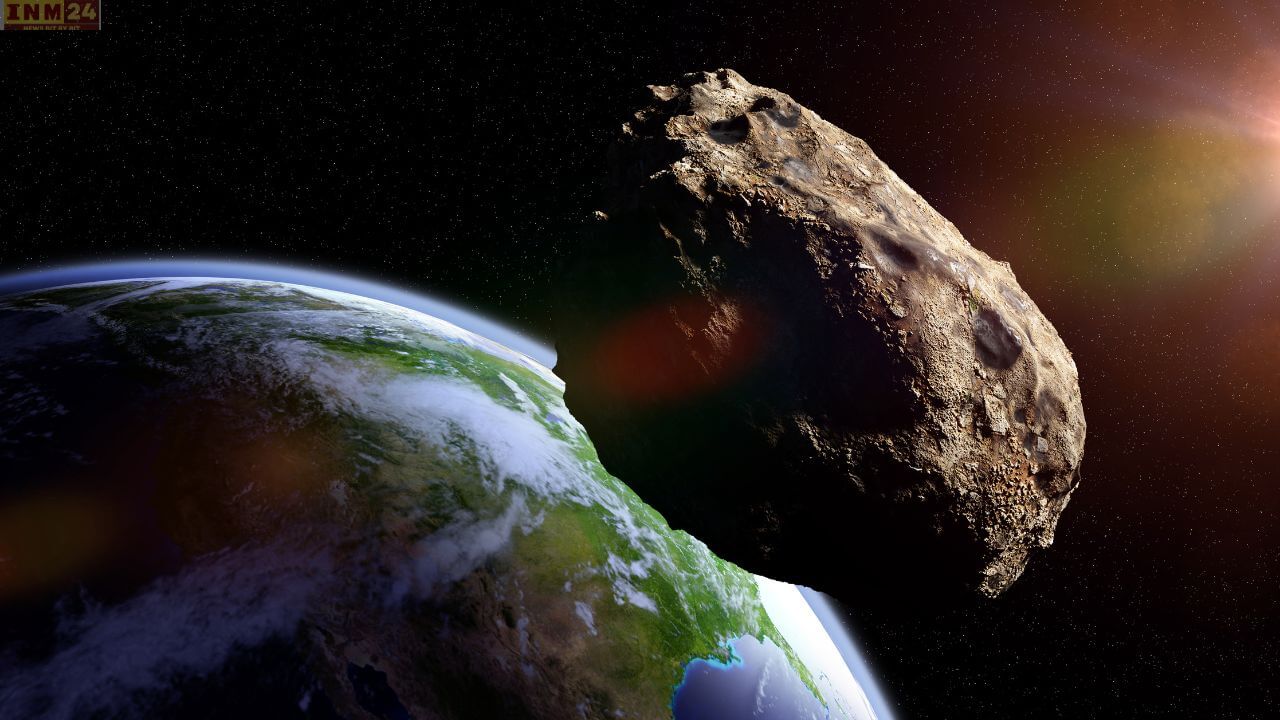A massive comet has entered our solar system, known as Comet 12P/Pons-Brooks, which orbits the Sun every 71 years. Last year when it was observed, its tail appeared to be erupting, earning it the nickname “Devil Comet.” Currently, it is visible from Earth.
Rare ‘Devil Comet’ Visible in Space: Spectacular Display Observable Through Telescopes and Binoculars
- A massive comet is visible in space.
- This comet, named Comet 12P/Pons-Brooks, orbits the Sun every 71 years.
- Due to its erupting tail, it is referred to as the “Devil Comet.”
- It can be observed through telescopes and binoculars.
Details
Washington: A large, rare comet known for its colorful explosions is currently visible from Earth. Comet 12P/Pons-Brooks, which completes an orbit around the Sun every 71 years, has entered our solar system. Due to its distance from Earth, it has been classified as a non-threatening “near-Earth asteroid.” It can be observed through telescopes or binoculars. According to NASA, comets like 12P/Pons-Brooks are large bodies made of dust and ice that orbit the Sun. Unlike other comets, Comet 12P/Pons-Brooks periodically emits gas explosions, causing it to glow in green and red colors. It flared up on October 5, November 1 and 14, December 14, and January 18. This comet is making its way through our solar system, but it won’t be closest to the Sun until April 21. That means it coincides with the next full solar eclipse, which will occur on April 8. However, despite the lack of colorful glow, the comet may still be visible during the eclipse.
How to Observe the Comet
If you don’t want to wait until the eclipse to see it, there are other opportunities to observe Comet 12P/Pons-Brooks during March and April. It will be visible in the evening sky in the Pisces constellation. The best way to observe Comet 12P/Pons-Brooks is through telescopes or binoculars. Clear skies are essential for viewing.
Discovery of the Comet
French astronomer Jean-Louis Pons was the first to discover it. He became the greatest comet hunter in the world, discovering most comets through his own design of telescopes and lenses. Pons discovered a total of 37 comets between 1801 and 1827. He first spotted Comet 12P/Pons-Brooks on July 12, 1812. According to calculations, its orbit around the Sun takes between 65 to 75 years. In 1883, British astronomer William R. Brooks accidentally rediscovered it. The comet was named after both astronomers.
This rare sighting of the Devil Comet offers a unique opportunity for skywatchers and astronomers alike to witness its majestic display.
